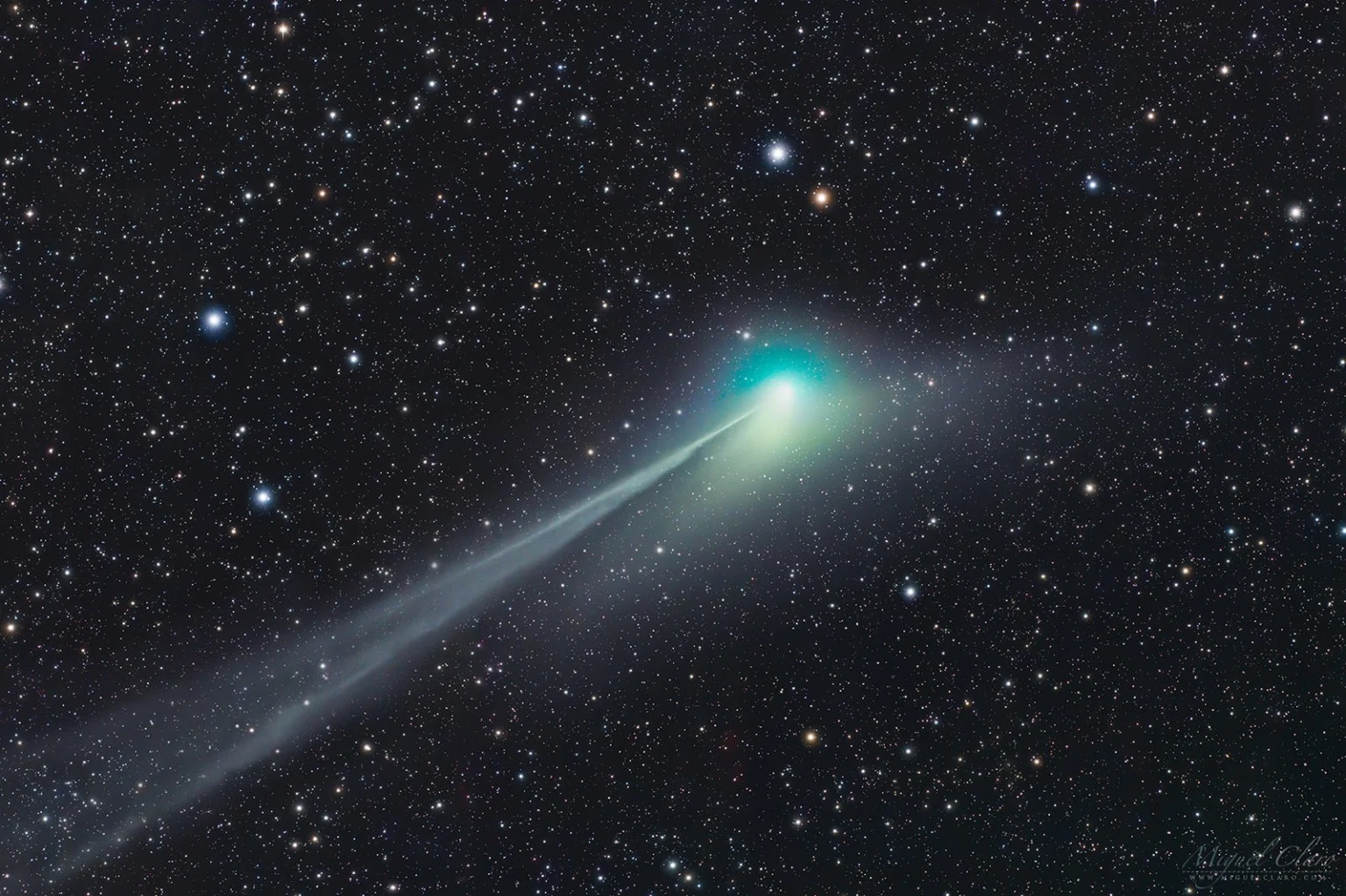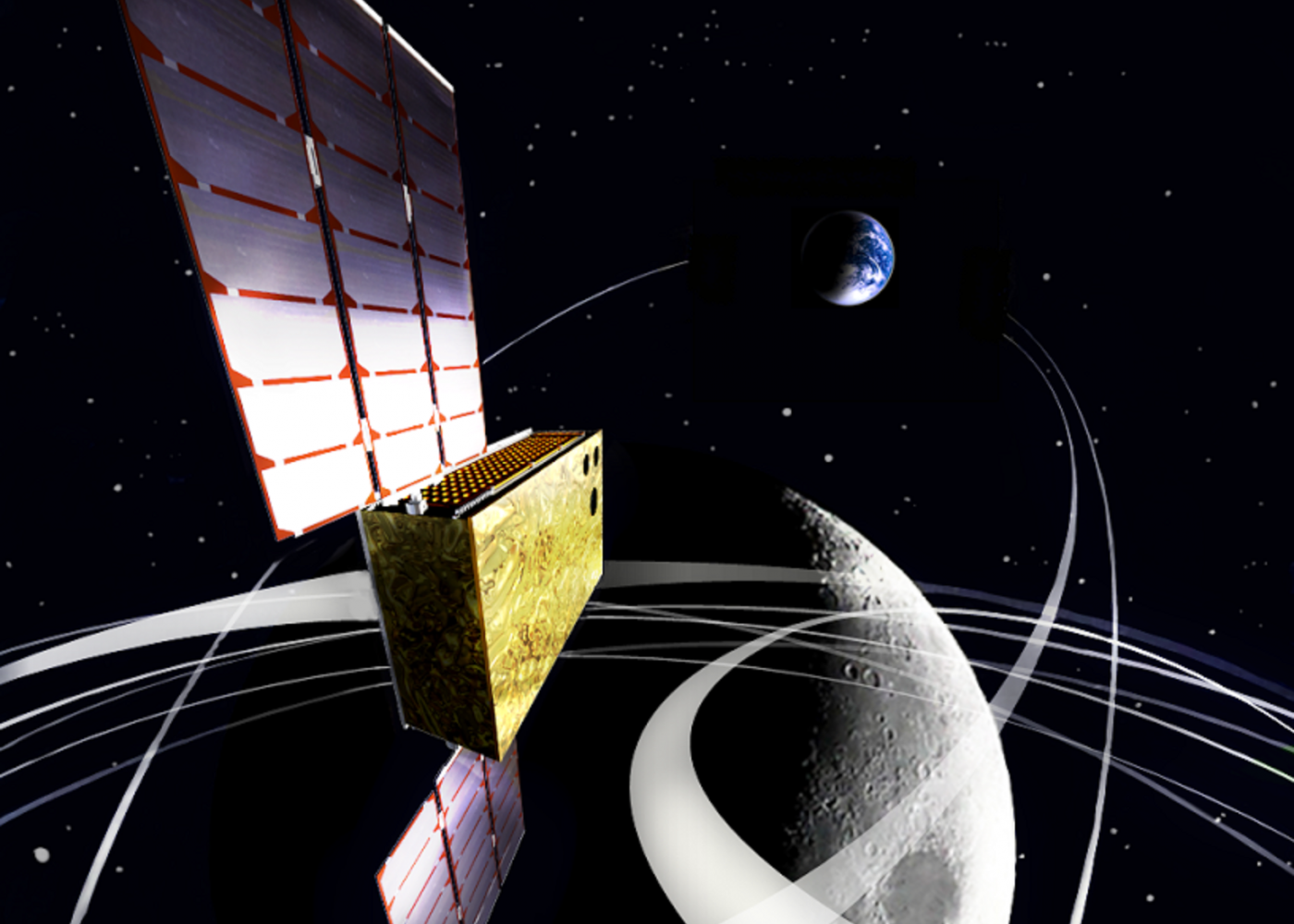At the end of last year, during the NASA Artemis I mission, several cubesats were gradually deployed on the way to the Moon. One of these tiny EQUULEUS spacecraft of the Japanese Space Agency made a video of the flight of comet C/2022 E3 (ZTF) earlier this month, about two weeks after the tail guest came as close to Earth as possible.

C/2022 E3 (ZTF) is also called a green comet by its hue. Its other name is “Neanderthal comet”, because it has not visited Earth since the time of the Neanderthals. This bright comet can be seen in a video posted on Twitter on February 21 as a fuzzy white dot crossing a star-studded black-and-white background.
EQUULEUS successfully photographed Comet ZTF (Comet C/2022 E3) from space!
EQUULEUS is sailing toward the Lunar Lagrange point, and these series of images were taken by calculating the timing and direction from the relative orbits of the comet and EQUULEUS.#cometztf pic.twitter.com/X8anhzNTzP— EQUULEUS (@EQUULEUS_en) February 21, 2023
Mission of CubeSat EQUULEUS
EQUULEUS or Cubesat 6U was created by the Japan Aerospace Exploration Agency (JAXA) in collaboration with the University of Tokyo. The spacecraft filmed the comet for 6 hours on February 12. At that time, Cubesat was located at a distance of about 69.5 million km from the comet and 340 thousand km from Earth. EQUULEUS is now heading towards the lunar Lagrange point L2, a gravitationally stable point in the Earth-Moon system, which is approximately 61,347 km behind the Moon.

The mission is testing an experimental low-energy engine, including a low-thrust correction system that uses very little fuel to control the spacecraft’s trajectory. The Cubesat also contains sensors to measure the Earth’s plasmasphere, an inner region of the magnetosphere several thousand kilometers above the planet containing cold plasma — a gas in which atoms have been stripped of electrons.
Last days of observation of the comet
As for comet C/2022 E3 (ZTF), it is still visible in the sky, but only through telescopes, as it rapidly rushes back to the outer Solar System. The green comet will next visit the Earth and the Sun in 50 thousand years. But some astronomers believe that in fact it will never return, because the gravitational push that the comet gets from our star may throw it out of our Solar System altogether.
Earlier we reported on how the flight of a green comet through the Solar System was shown in an amazing video.
According to Space
Follow us on Twitter to get the most interesting space news in time
https://twitter.com/ust_magazine
